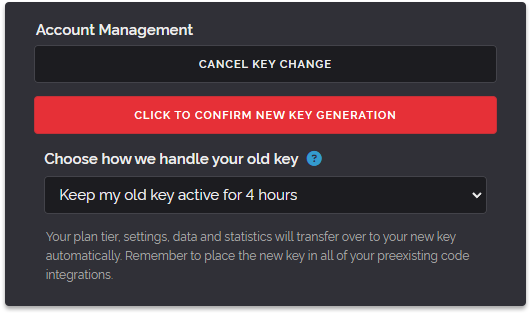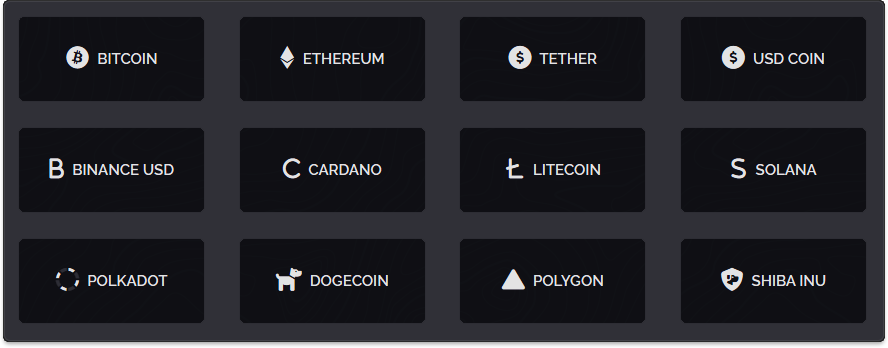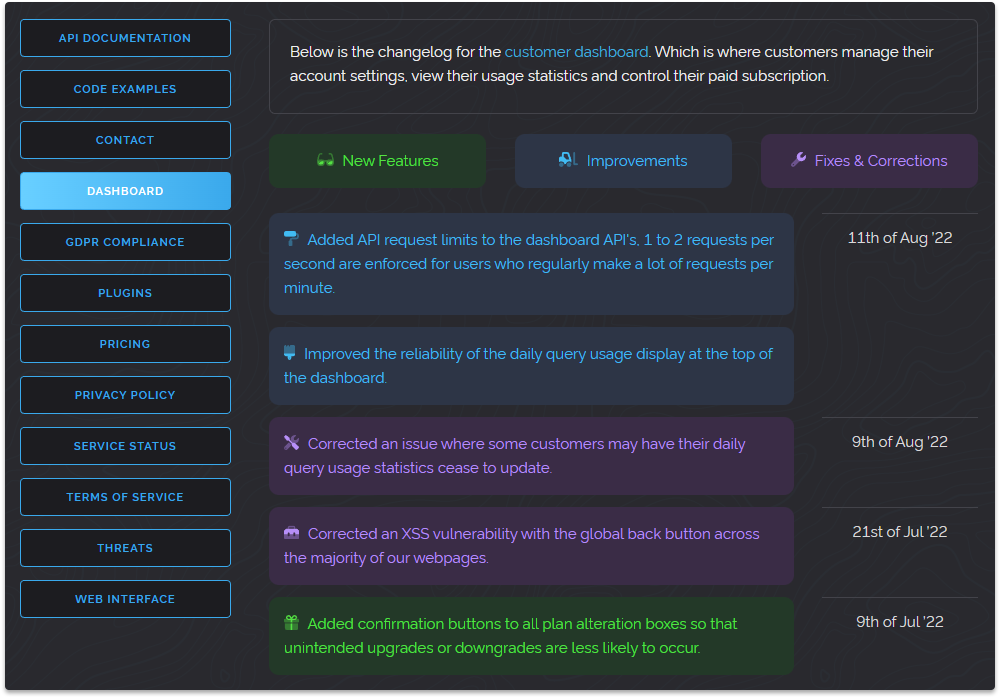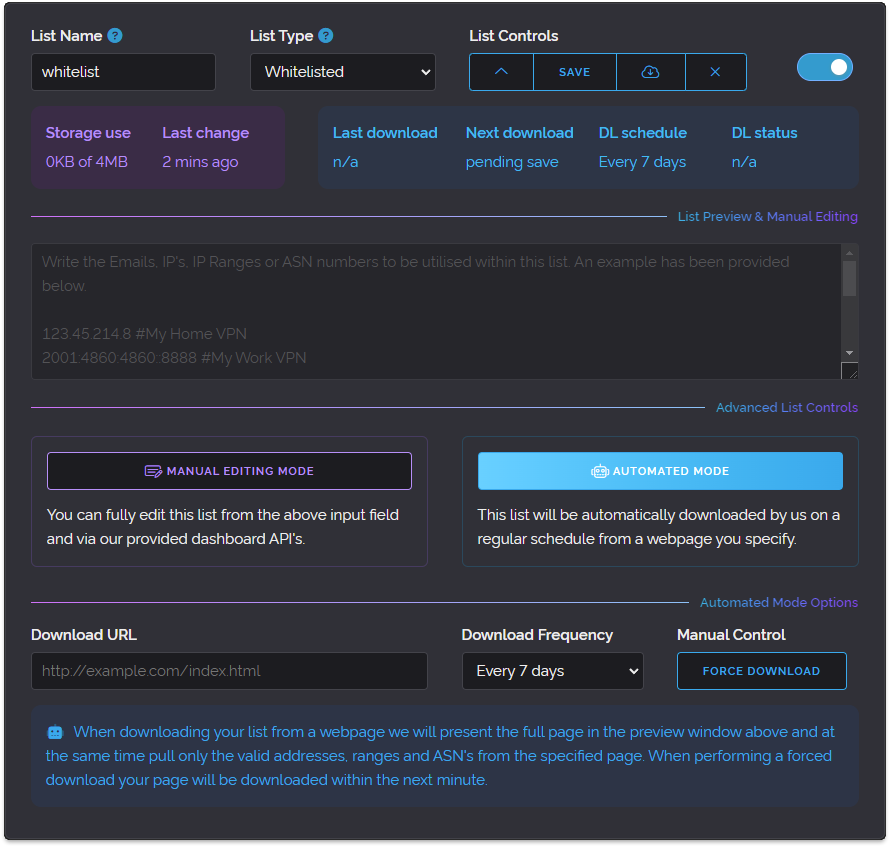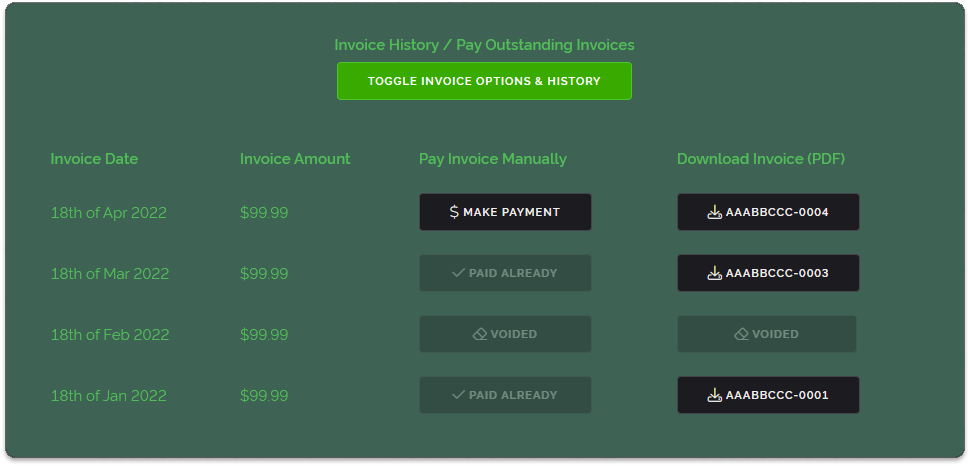
Today we wanted to do a special entry for our 200th blog post and it's all about dark patterns in user interfaces, what they are, how you can spot them and how we reject their use in our product.
So first lets describe what dark patterns are, in short it's a way to describe a deceptive user interface which has been designed in a way to trick users into doing things they don't want to do or to make it unreasonably difficult for them to access or perform actions that they want to do.
Some examples of this would be an e-commerce website advertising a sale on an item when it hasn't been discounted from its usual price or removing a discount once an item is added to your shopping cart. Another example would be advertising free shipping but then when you checkout there is in-fact shipping or another service charge that would equal the shipping cost.
A common example of dark pattern use in paid subscriptions are when a service makes it easy to signup and pay but difficult to cancel a plan or delete your account.
There are countless examples of dark patterns all over the web and thankfully the law isn't blind to these practices and some states like California in the USA have passed stronger consumer protection laws which encompass deceptive user interface design.
But there is always more that can be done. Here at proxycheck we have rejected dark patterns since the start and we would like to list a few of the ways we've accomplished that.
When you signup we only ask for an email and we do not sell or provide your address to any third parties besides our mail carrier. We don't abuse your email with spam and by default our marketing emails are opt-in instead of opt-out, meaning they're off by default.
When you don't need to use the service anymore you can quickly and easily access an account deletion button within your dashboard. It's always fully visible in the top right corner of the settings tab which is the default tab.
You can export all of your data at any time through the dashboard, no need to contact any customer service people to get a copy of your data.
When you want to upgrade or downgrade your plan you can do it yourself from within the dashboard and all changes are prorated to save you money.
When you want to cancel a plan you can do that from within the dashboard with two clicks from the paid options tab.
Clear pricing that we stick to, you are never charged more than you agreed to and we don't increase prices for subscribed customers even if the plan they're paying for increases in price while subscribed.
Clear and descriptive change-logs available at the bottom right of every page which detail all the changes made to that page, nothing deceptive or hidden here (also we encourage archive.org to scrape our pages to provide an independent log of our changes).
Easy access to refunds even mid way through a subscriptions life cycle with 30-day full refunds since your latest payment, not your account signup date.
Email alerts a week before we're going to bill you which are turned on by default and cannot be disabled for yearly subscribers so they won't get caught paying for something they're no longer using. (And remember you can request a refund if this happens to you)
For us offering these features was not about following a law, we've done most of this before the term dark patterns was even coined or legislated against. For us this is about delivering fairness. We do not look at our customers as an exploitable resource, we see them as valued partners.
This is why we've continued to deliver innovative new features like CORS support, Custom Rules, Burst Tokens, Custom Lists and more at no extra cost. It's why we've expanded the amount of data we provide and why we continue to add features customers need like upgrading and downgrading their plans, deleting their accounts when they no longer need the service and paying their bills outside of a recurring subscription.
At the start we mentioned this is our 200th blog post and that's true. We started this blog on June 20th 2017 and since then we've written about a huge number of topics, service changes and feature additions, we look forward to doubling that number in the coming years and we hope you'll be along for that ride.
Thanks for reading and have a wonderful week.
![]()
